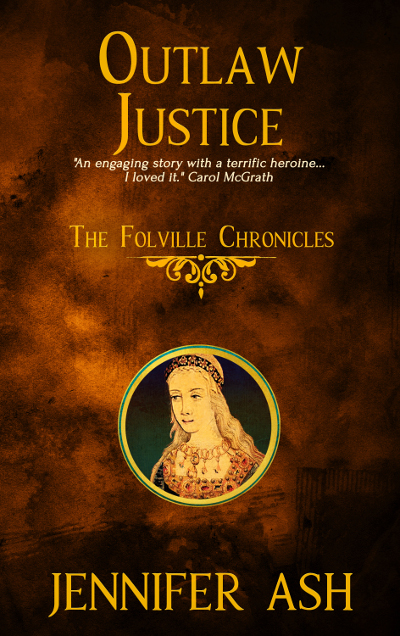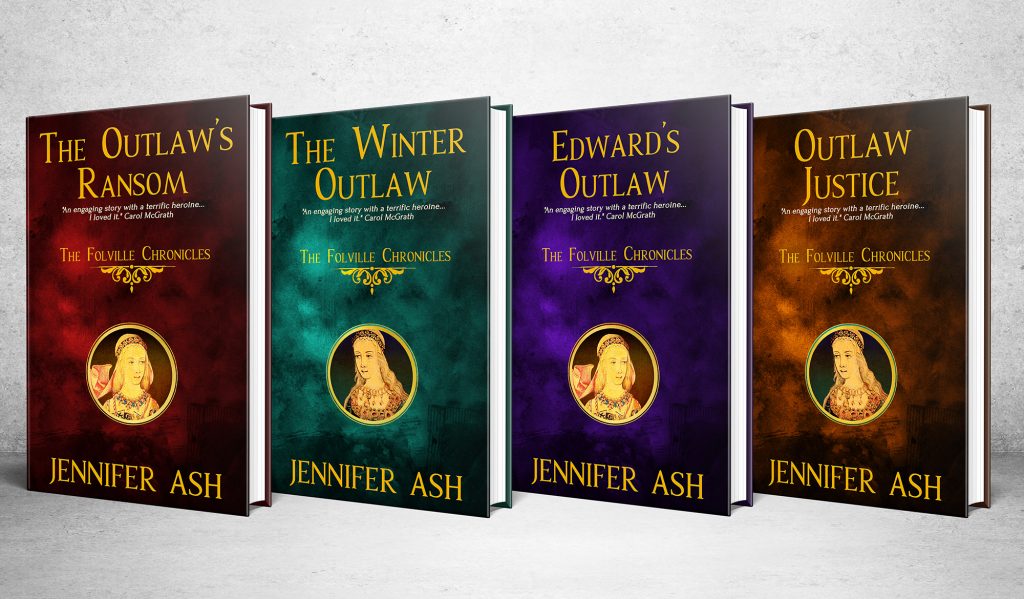I admit it- I had a lot of fun writing my novel, Romancing Robin Hood and my novella The Outlaw’s Ransom. Each project gave me the chance to take a self indulgent trip down memory lane, and dig out all my PhD notes on the ballad history behind the Robin Hood legend. Although Romancing Robin Hood is a modern contemporary romance, it also contains a second story- a medieval mystery which has more than a hint of the Robin Hood’s about it.
The earliest balladeers sang tales of Robin Hood long before they were written down, and audiences through history have all had different ideas of what Robin Hood was like in word, action, and appearance. Every writer, film maker, and poet ever since the first tales were spoken, has adapted the outlaw figure to fit their own imagination.
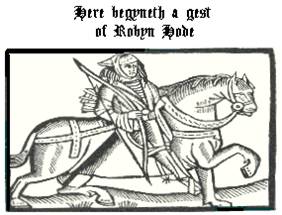
The Lytell Geste of Robyn Hode
The earliest mention found (to date), of the name Robin Hood appears in the poem The Vision of Piers Plowman, which was written by William Langland in c.1377.
A long ballad, Piers Plowman was a protest against the harsh conditions endured by the poor in the Fourteen Century. Not only did it mention Robin Hood, but makes reference to he outlaw gang, the Folvilles, who research suggests were an influence on those whose exploits wrote the Robin Hood ballads.
“And some ryde and to recovere that unrightfully was wonne:
He wised hem wynne it ayein wightnesses of handes,
And fecchen it from false men with Folvyles lawes.”
The Folville family were incredibly dangerous, influential, and had great impact on the Midlands of the UK in the Fourteenth Century. I’ll be introducing this family of brothers to you properly very soon; for they are something of an obsession for historian Dr Grace Harper- the lead character in Romancing Robin Hood.
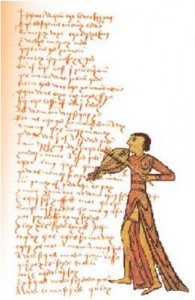
Robin Hood and the Monk
In 1450 the earliest single short ballad, Robin Hood and the Monk, was committed to paper, but it wasn’t until 1510 that the original story (Lytell Geste of Robyn Hode), was recorded in its entirety.
With the arrival of the printing press in Tudor and Elizabethan times, all of the most popular stories we recognise today were recorded for prosperity. Some of these stories had medieval roots, but many were were brand new pieces. The Tudor audience was as keen for fresh tales containing their favourite heroes as we are today. These ‘new’ tales included Robin Hood and Gisborne (c.1500) and Robin Hood and the Curtal Friar (c.1550) – who became known as Friar Tuck.
The Tudors loved the stories of Robin Hood. He was more popular then than he is now. Tudor documents are littered with mentions of Robin Hood’s all over Britain. For example-
– in 1497 Roger Marshall called himself Robin Hood, and lead a riot of 200 men in Staffordshire.
– in 1509, ten Robin Hood plays were banned in Exeter by the city council, as they had become a public nuisance.
Robin Hood’s most famous Tudor fan was Henry VIII himself. In fact, apart from hunting, eating, and getting married, Henry’s favourite hobby was acting. Sometimes he dressed up as Robin Hood. The king would wear a mask, and his audience had to pretend they didn’t know it was him, and had to look surprised when he revealed his true identity at the end of the play.
In 1510 Henry VIII and eleven of his nobles dressed as Robin Hood and broke into the Queen’s private rooms, apparently giving her the fright of her life! (Up to that point anyway!)
Thank you for letting me share a little of my Robin Hood passion with you today.
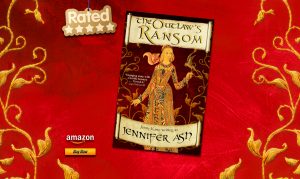
Romancing Robin Hood is available now on Nook, Kobo, Kindle and in paperback from all good retailers, including-
http://www.amazon.co.uk/Romancing-Robin-Hood-Jenny-Kane-ebook/dp/B00M4838S2/ref=sr_1_1?ie=UTF8&qid=1407428558&sr=8-1&keywords=romancing+robin+hood
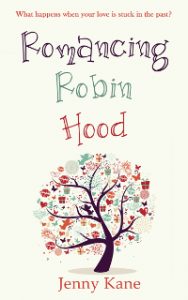
The Outlaw’s Ransom is available as a Kindle download – (published under the name Jennifer Ash, this novella was previously published as the medieval part of the Romancing Robin Hood novel mentioned above.)
http://amzn.to/2dr5ZPo
Happy reading,
Jenny xx
